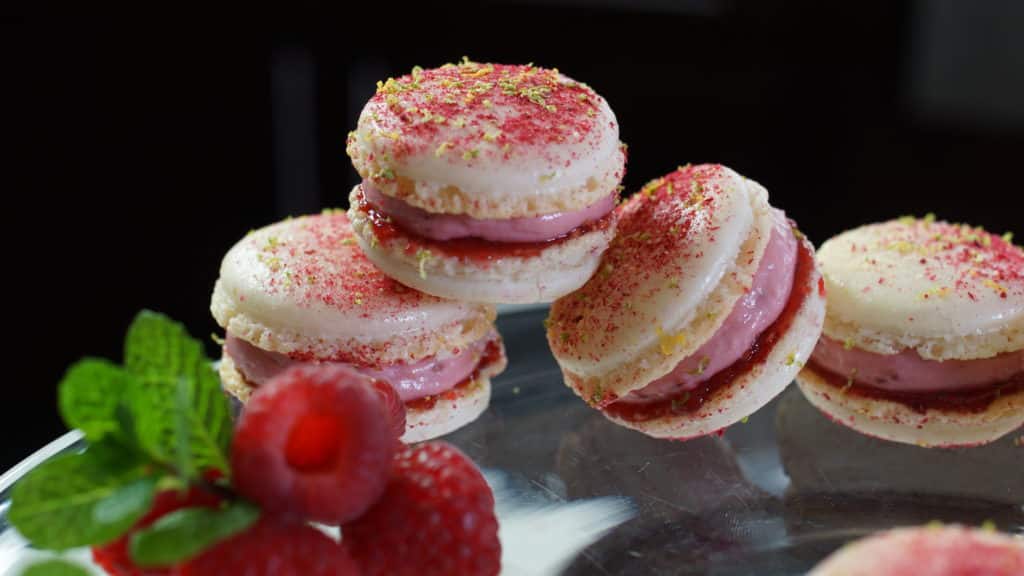The Evergreen Italian Creation
Macarons, centuries after their inception in Italy, remain a timeless treat. Here’s how to craft these delicate confections at home.
The French Twist on an Italian Classic
Once forgotten, the macaron has become a symbol of French gastronomy, despite its Italian roots. In the collective imagination, it’s often two smooth, crunchy almond meringue shells filled with cream, confiture, or ganache—a modern take on the “Parisian macaron” made famous by Ladurée in the 19th century and by Pierre Hermé today. The older versions, which various regions claim to have originated, were unfilled and resembled the Italian amaretti. Like meringues, there are three types to consider: French meringue, Italian meringue, and Swiss meringue. The Italian is known to be most stable.
The Delicate Art of Macaron Making
Who hasn’t heard of macarons being too cracked, too puffy, too flat, or just not quite right? Preparing macarons is indeed a delicate process, influenced by many factors: the meringue, the “macaronage” technique, oven heat, atmospheric humidity… A recipe perfect for one might fail for another. One thing is certain: a stand mixer is highly recommended, if not essential. For optimal results, start whipping at the lowest speed and quickly increase to the maximum.
Four Secrets to Macaron Success
- Fine and Precise “Powders”: Use a precise scale for measuring powdered sugar, granulated sugar, almond meal, and egg whites. Turning almond meal and powdered sugar into fine powder in a food processor is a must; the thiner the better. If it’s moist, dry it in the oven at a low temperature at 195ºF/90ºC 3 for 30 minutes.
- Choosing the Right Egg Whites: A chef’s tip? Use a mix of old and fresh egg whites. What also helps to strengthen the meringue is the addition of dehydrated egg whites (egg whites powder), and the use of meringue stabilizer such as cream of tartar or lemon juice. Add these ingredients at the very beginning of the beating process. Since macarons are sensitive to excessif moisture, use professional grade food coloring which contain more pigmentations than water. Hydrosoluble powdered food coloring remains the best option.
- Controlling Humidity and Temperature: The crucial “crusting” step depends on the room’s humidity where the meringue shells rest. To test if crusting is complete, touch a shell lightly; it shouldn’t stick to your finger. Using convection oven is always recommended and set at 320ºF/160ºC.
- A Reliable Recipe: What good are tips without a trustworthy recipe?.. My Pastry Fundamental Course says it all!
Conclusion
With these secrets in hand, you’re well on your way to creating macarons that could rival those of Ladurée or Pierre Hermé. Remember, precision and patience are your best allies in achieving the perfect balance of a crisp shell and a soft, flavorful filling. Bonne chance!

